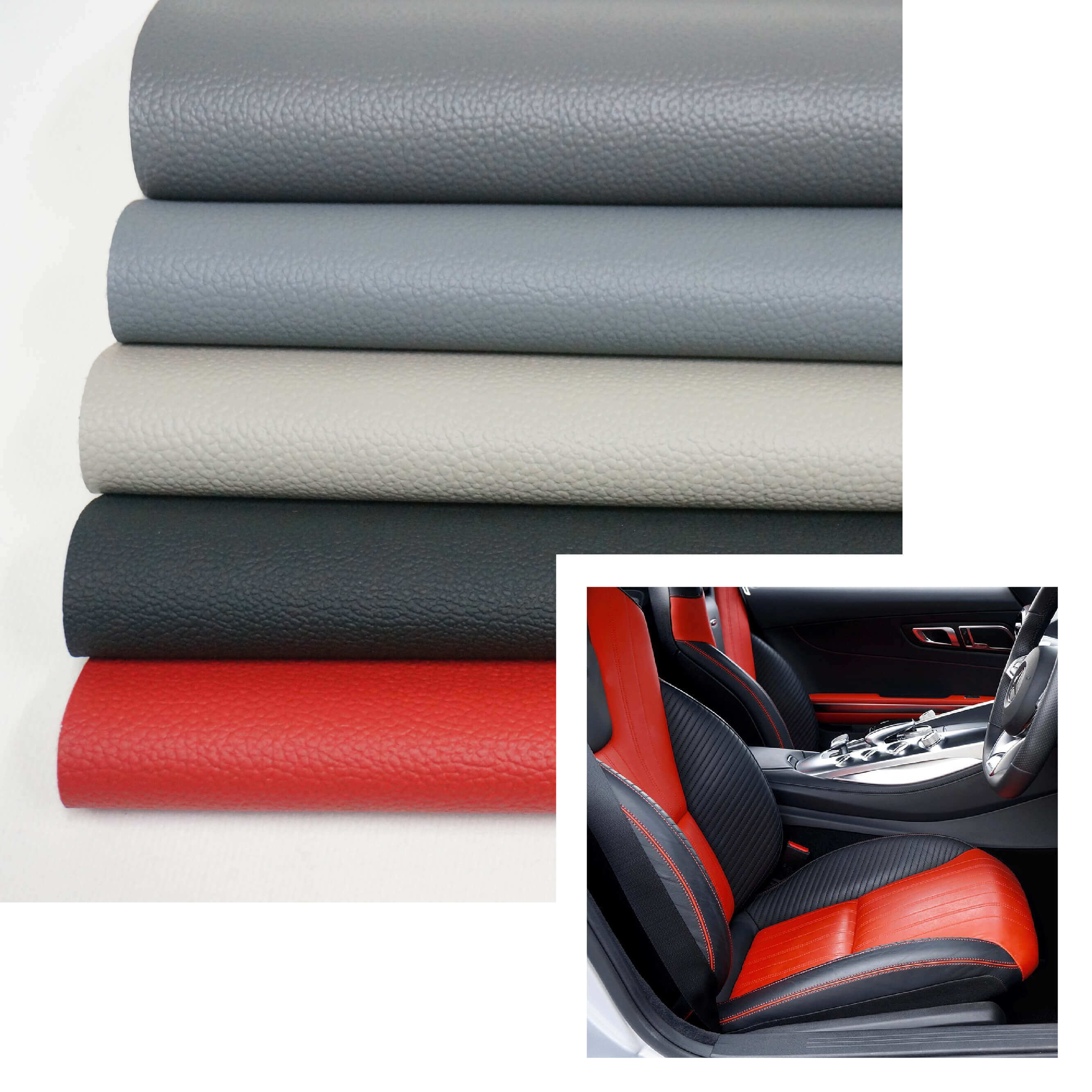Email format error
Email cannot be empty
Email already exists
6-20 characters(letters plus numbers only)
The password is inconsistent
Email format error
Email cannot be empty
Email does not exist
6-20 characters(letters plus numbers only)
The password is inconsistent

News

Faux Leather vs PU Leather Durability: A Comprehensive Analysis
When it comes to choosing the right material for your furniture, clothing, or accessories, the debate between faux leather vs PU leather durability often arises. Both materials offer a vegan alternative to traditional leather, but they differ in composition, texture, and, most importantly, durability. In this blog post, we’ll delve into the nuances of faux leather and PU leather, compare their longevity, and discuss how microfiber faux leather fabric and microfiber PU leather fabric fit into the equation. By understanding the strengths and weaknesses of each material, you’ll be better equipped to make an informed decision for your next purchase.
Understanding the Basics: Faux Leather and PU Leather Defined
Faux leather, also known as synthetic leather, encompasses a variety of materials designed to replicate the look and feel of genuine leather. These materials are not only used for their aesthetic appeal but also for their ethical and economic advantages. Faux leather can be made from different polymers; the most common types are PVC (polyvinyl chloride) and PU (polyurethane) leather.
PU leather, in particular, is crafted by coating a base layer of fabric such as polyester or cotton with a flexible polyurethane finish. This gives it a more natural appearance that closely resembles that of real leather. PU leather is appreciated for its soft texture, and it’s often used in the production of high-end consumer goods.
The Durability Debate: Faux Leather vs PU Leather
When evaluating faux leather vs PU leather durability, several factors come into play. Durability is influenced by the material’s resistance to various stressors, including UV light, moisture, and physical wear and tear. PU leather is generally considered to be more durable than other types of faux leather due to its construction and the quality of the polyurethane coating. It’s less prone to cracking and can better withstand the elements, which makes it a preferred choice for items that are used frequently or exposed to varying conditions.
Microfiber Faux Leather Fabric: A New Contender
Microfiber faux leather fabric is a high-end variant of faux leather that incorporates microfiber technology. This material is known for its exceptional durability and resistance to wear. The microfibers provide a dense, sturdy backing that, when combined with a polyurethane coating, results in a product that rivals even the highest quality traditional faux leather. Its resilience makes it an ideal choice for applications where longevity is a priority, such as in luxury automotive upholstery or high-traffic areas in interior design.
Microfiber PU Leather Fabric: The Best of Both Worlds?
Microfiber PU leather fabric takes the inherent benefits of PU leather and elevates them with the addition of microfibers. This combination yields a composite material that boasts superior durability and a finer texture. When comparing PU leather vs microfiber leather, the latter often emerges as the more robust option. It’s particularly well-suited for environments that demand a tough yet elegant material, such as in premium handbags, furniture, or car interiors.
Real-Life Applications: Faux Leather vs PU Leather Durability in Action
In real-world applications, the faux leather vs PU leather durability comparison is put to the test. Furniture manufacturers often opt for PU leather due to its ability to withstand regular use and easy maintenance. In the fashion industry, PU leather’s resilience to daily wear makes it a popular choice for jackets and accessories. The automotive sector also favors PU leather for its endurance against the constant friction and potential spills that car interiors are subjected to.
Care and Maintenance: Prolonging the Life of Your Synthetic Leather
To maximize the lifespan of both faux leather and PU leather, proper care and maintenance are essential. Regular cleaning with appropriate products can prevent the accumulation of dirt and oils that may degrade the material over time. For microfiber faux leather fabric and microfiber PU leather fabric, specialized cleaners are recommended to maintain the integrity of the microfibers and ensure the material remains in pristine condition.
Environmental Impact: Sustainability of Faux Leather vs PU Leather
The production and disposal of synthetic leathers have raised environmental concerns. However, the industry is making strides in reducing the ecological footprint of these materials. Innovations in production processes, such as using water-based polyurethane and incorporating recycled materials, are making faux leather and PU leather more sustainable choices. As consumers become more environmentally conscious, the demand for eco-friendly synthetic leathers is likely to increase.
Cost Considerations: Is Durability Worth the Price?
When considering the cost of faux leather vs PU leather, durability is a key factor. While PU leather and microfiber leather may come with a higher initial cost, their extended lifespan can provide better value in the long run. Consumers must balance the upfront investment with the expected durability and maintenance costs to determine the most cost-effective option for their needs.
Consumer Insights: Reviews and Feedback on Durability
Consumer reviews and feedback are invaluable for gauging the real-world durability of faux leather vs PU leather. Positive experiences with the long-lasting nature of microfiber PU leather fabric can influence others to choose this material for their own needs. Manufacturers can leverage this feedback to improve their products and address any concerns related to durability.
The Future of Synthetic Leathers: Innovations and Trends
The synthetic leather industry is on the cusp of exciting innovations that promise to enhance the durability and sustainability of faux leather and PU leather. Developments in material science and production technology are paving the way for new types of synthetic leathers that are more durable, eco-friendly, and visually appealing. As these advancements come to fruition, the potential for synthetic leather to replace traditional leather in even more applications is vast.
Conclusion
The faux leather vs PU leather durability debate is multifaceted, with various factors influencing the choice between these materials. The introduction of microfiber technology has revolutionized the industry, offering products that are not only durable but also luxurious to the touch. As the market continues to evolve, the future of synthetic leather looks promising, with ongoing innovations aimed at meeting the demands of environmentally conscious consumers who do not want to compromise on quality or performance.

